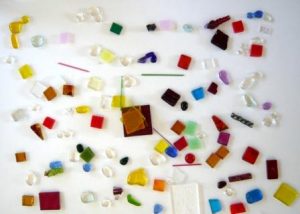 As a new parent I spent a lot of time looking into educational options for my daughter. There are many schools with different approaches to early childhood development, some align themselves with particular philosophy such as Montessori, Waldorf, Reggio, or simply label themselves “play-based”. It can get very confusing.
As a new parent I spent a lot of time looking into educational options for my daughter. There are many schools with different approaches to early childhood development, some align themselves with particular philosophy such as Montessori, Waldorf, Reggio, or simply label themselves “play-based”. It can get very confusing.What I liked about CCC is that they are “inspired” by the Reggio approach and Constructivism, they use the ideals and build on them, they aren’t just strictly adhered to a specific program. That is part of what makes the school unique. It changes and flows, just like our kids, and the Teachers adapt to their needs. Working closely with parents creates even deeper layers of meaning and enrichment. So what does it mean to be inspired by Reggio? If you are unfamiliar with it, here is a summary I found from the archives:
—Reprinted from CCC’s October 2004 Newsletter
Here’s a glimpse of some of the guiding principles to the Reggio-inspired approach to early childhood education. Dr. Rebecca Isbell prepared this summary. The notes in parenthesis are ways you may see these values at CCC.
1. The Image Of The Child: All children have potential, construct their own learning and are capable.
2. Community and System: Children, family, teachers, parents and community are interactive and work
together. (Parents in the classroom, regular class meetings, ongoing research with teachers and parents in the community setting).
3. Interest In Environment And Beauty: School and classrooms are beautiful places. (Bringing nature into the class—bugs, flowers, wood, natural items).
4. Collaboration By Teachers: Team, partners, working together, sharing information, sharing in projects. (Staff working together in constant collaboration about ongoing projects, etc.).
5. Time Not Set By Clock: Respect for children’s pace, time table, stay with teachers for several years, and relationships remain constant. (Honoring children’s ideas, allowing everyone a chance to share at circle time, looping multi-age classes with the same teacher).
6. Emergent Curriculum/Projects: Child-centered, following their interest, returning again and again to add new insights. (Allowing curriculum to emerge as children show interest; for example, Sunshine Kids
started a study of paper when the children took paper lines and started creating shapes).
7. Environmental Stimulation: Encourages activity, involvement, discovery and using a variety of media. (Children can communicate in hundred different languages; we have a studio full of supplies for them to share their thoughts).
8. Documentation: Observing, recording, thinking and showing children’s learning. (In the documentation, writing, photos, etc.; we can all learn from the children. We see parents and teachers as co-researchers on this educational journey).
—posted by KG

